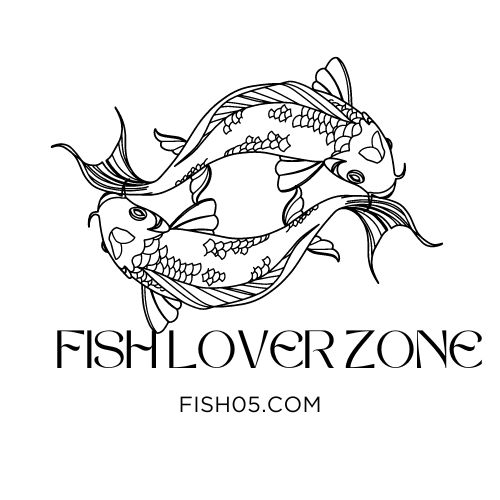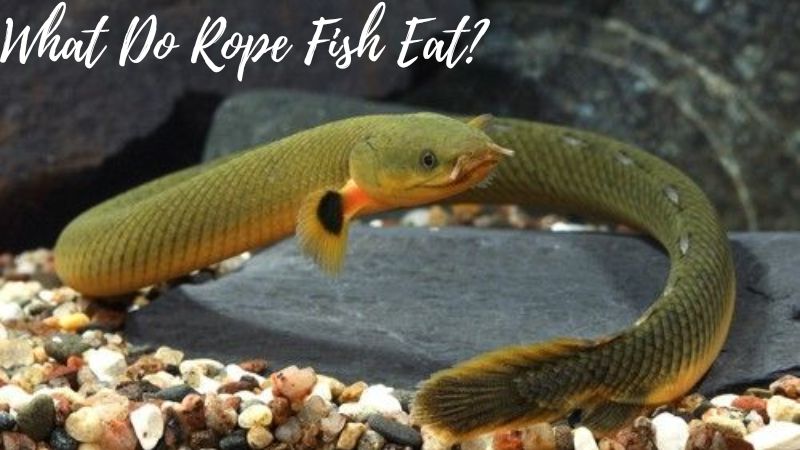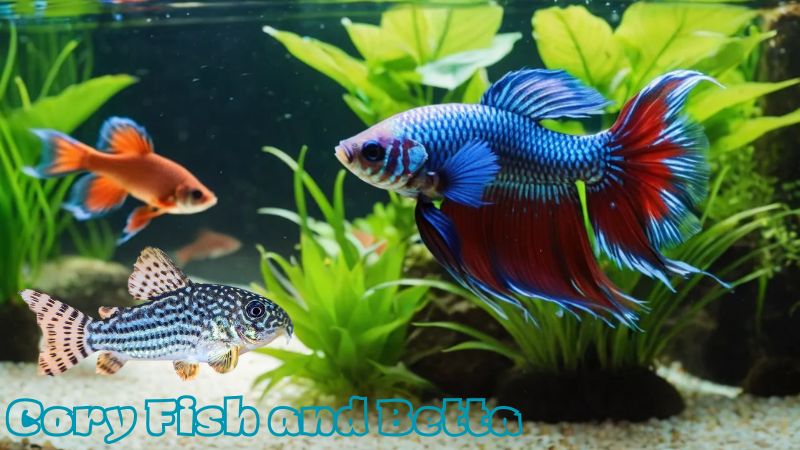What do rope fish eat? Rope fish are unique, fascinating freshwater species that often capture the interest of aquarists due to their snake-like appearance and hardy nature. Native to Central and West Africa, they are both captivating and easy to care for as long as their dietary needs are met. Understanding what do rope fish eat is essential for ensuring their health and longevity in a home aquarium. Join Fish Lover Zone and explore now!
Species summary rope fish
The rope fish (scientific name: Erpetoichthys calabaricus) is a fascinating freshwater species often mistaken for an eel or snake due to its long, slender body. Native to Central and West Africa, particularly countries like Cameroon and Nigeria, these fish have a unique, prehistoric appearance that sets them apart in home aquariums.
Rope fish typically inhabit standing or slow-moving waters in the wild, where the temperatures are warm and the environment is either fresh or slightly brackish. While they can tolerate brackish water, most aquarists prefer to keep them in pure freshwater setups. In the wild, they are commonly found in rivers such as the Chiloango River and the Ogun River, which offer ideal water conditions for their survival.
Because of their exotic appearance and African origin, many hobbyists assume that rope fish are difficult to care for. However, this is far from the truth. Rope fish are known for their hardiness and calm temperament, making them relatively easy to care for as long as their basic needs are met.
One of the most interesting features of rope fish is their ability to breathe through both lungs and gills. This adaptation allows them to thrive in water with varying oxygen levels, which contributes to their reputation for being resilient. However, despite this ability, you should not rely on it as a substitute for good tank maintenance. Rope fish may surface to breathe when oxygen levels in the water are low, but in a well-maintained tank, you’ll rarely see this behavior.
As an owner, it’s important to ensure that your rope fish’s water quality remains high. If they start surfacing frequently to gulp air, it’s likely a sign that the water parameters are off, and adjustments should be made. Keeping the tank clean and well-oxygenated will ensure that your rope fish remains healthy and stress-free.
What do rope fish eat in the Wild?
In their natural habitat, rope fish are carnivorous, meaning their diet consists mainly of animal-based food. They are nocturnal hunters, typically feeding at night, and use their keen sense of smell to locate prey. In the wild, rope fish consume a variety of small aquatic animals, including:
- Small fish
- Crustaceans (such as shrimp and crayfish)
- Worms (including earthworms and aquatic worms)
- Insects and larvae
Their natural diet is protein-rich, and this should be reflected in their feeding regimen in captivity.
What do rope fish eat in Captivity?
In an aquarium, rope fish can adapt to a variety of foods, but it’s important to provide them with a diet that mimics their natural eating habits as closely as possible. Feeding them the right types of food will not only ensure proper growth but also keep them active and healthy.
Live Foods
- Live fish: Rope fish will happily hunt and consume small feeder fish such as guppies or minnows. However, it’s important to ensure that the feeder fish come from a healthy source to avoid introducing diseases into the tank.
- Live worms: Earthworms, bloodworms, and blackworms are highly nutritious and readily accepted by rope fish. These can be an excellent source of protein.
- Crustaceans: Small shrimp, such as ghost shrimp or brine shrimp, are also suitable for rope fish. They will chase and eat live shrimp, which provides mental stimulation as well.
Frozen Foods
- Frozen fish: Pre-frozen small fish like silversides can be a convenient alternative to live prey. Ensure the fish are thoroughly thawed before feeding.
- Frozen shrimp: Brine shrimp or mysis shrimp, available in frozen blocks, are nutritious and readily accepted by rope fish.
- Frozen bloodworms: A common staple in the diet of carnivorous fish, frozen bloodworms are easy to store and offer excellent nutrition.
Prepared Foods
- Pellets: High-quality sinking pellets designed for carnivorous or omnivorous fish can be part of your rope fish’s diet. Look for pellets rich in protein and avoid those that are primarily plant-based.
- Fish fillets: Occasionally, you can feed them small pieces of fresh or thawed fish fillets, like tilapia or cod. This provides a good source of protein.
Feeding Tips
Feeding Frequency
Rope fish don’t need to be fed daily like some other fish. Adult rope fish can be fed 2-3 times per week, while juveniles may require more frequent feedings to support their growth. It’s important not to overfeed, as uneaten food can affect water quality.
Feeding Behavior
Rope fish are primarily nocturnal, so they prefer to eat during the evening or night when they are most active. To mimic their natural feeding schedule, it’s best to feed them just before turning off the lights in the aquarium.
Variety is Key
To ensure a well-balanced diet, it’s important to provide your rope fish with a variety of foods. Mixing live, frozen, and prepared foods will ensure they get all the nutrients they need. Regularly offering different types of protein will also help keep them interested in feeding.
Foods to Avoid
While rope fish are carnivores, not all protein-based foods are suitable for them. Here are some things to avoid:
High-fat foods: Some meats, such as beef heart or pork, are too fatty and can be difficult for rope fish to digest, potentially leading to health issues.
Low-quality feeder fish: Avoid using feeder fish from untrusted sources, as they may carry parasites or diseases that could harm your rope fish.
Plant-based foods: Rope fish are not herbivores, and their digestive systems are not well-suited for plant-based diets. Avoid feeding them algae wafers or other plant-heavy foods.
Monitoring Health Through Diet
A well-fed rope fish should be active, alert, and exhibit healthy behavior. Here are some signs that your rope fish is thriving on its diet:
Steady growth: If your rope fish is growing consistently and reaching its full size of up to 15 inches (38 cm), it’s a sign that the diet is adequate.
Healthy appearance: A healthy rope fish should have a smooth, unblemished body with vibrant coloration.
Active at night: Since they are nocturnal, rope fish should be more active after dark. If they are sluggish or uninterested in food, it could indicate stress or a health issue.
Conversely, if your rope fish appears lethargic, has a bloated belly, or refuses to eat, you may need to adjust the type or frequency of their feedings.
Conclusion
Rope fish are fascinating and relatively easy to care for, but their unique carnivorous diet requires some planning. By providing them with a varied and protein-rich diet that includes live, frozen, and high-quality prepared foods, you’ll ensure that they remain healthy and active in your aquarium. Feeding rope fish is an enjoyable aspect of their care, and observing their natural hunting behaviors can be a rewarding experience for any aquarist.





